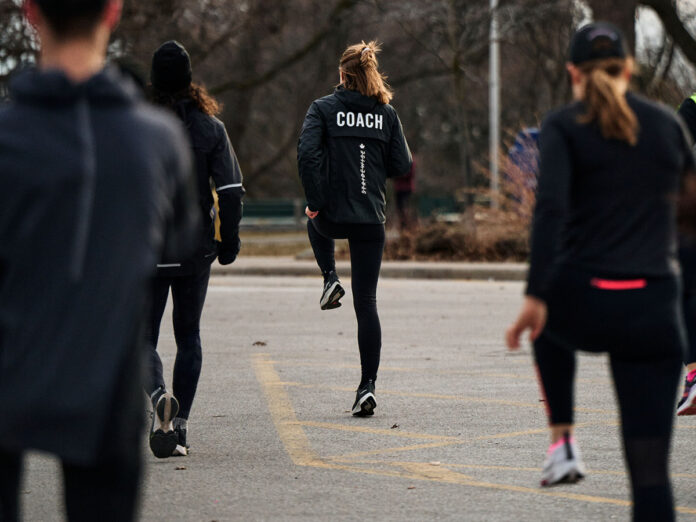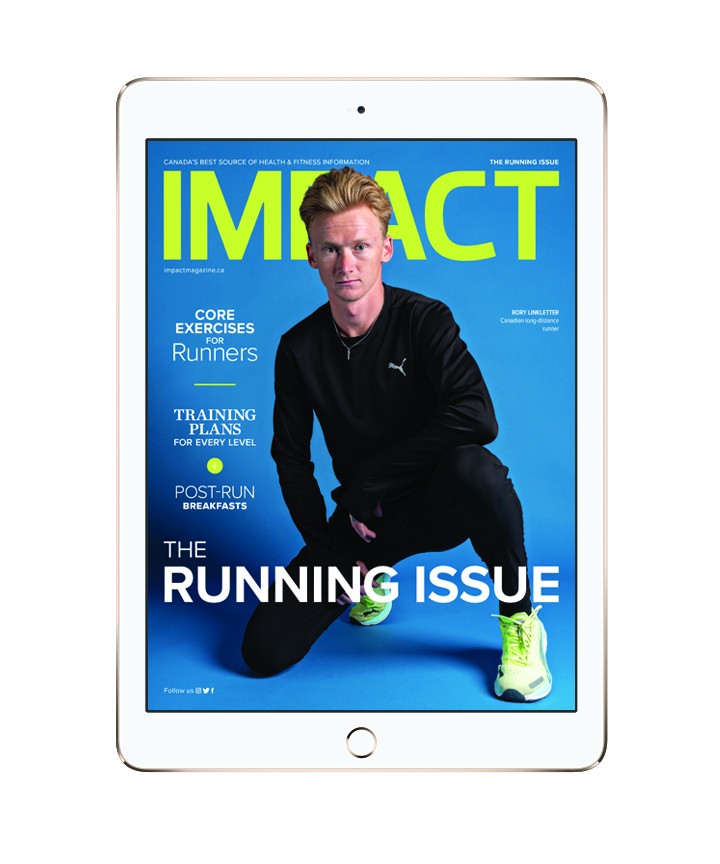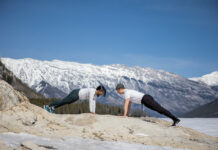
Runners are bombarded almost daily with recommendations on all kinds of great ideas and advice that we should act on to improve our running. But amidst the blizzard of well-intentioned advice, one often unsung hero of long-term success is most definitely running form drills.
Running form itself, or biomechanics, can be defined as the way one’s body moves through space when engaged in the act of running. But what are running form drills?
Essentially, they are a way of breaking the entirety of the running stride into smaller segments, to isolate parts of the full gait cycle, making it easy to rehearse and improve specific aspects, before putting it all back together again to define your own natural running form.
When to do them?
- Most commonly, after a 10 – 15 min easy jog warm-up, before harder, faster more intense running, such as intervals, hill repetitions, time trials and/or races.
- We often recommend practicing running form drills at least one to two other times per week, after other, usually shorter, easy runs as well, especially for newer or novice runners, to help establish and reinforce ideal movement patterns before “bad habits” become entrenched.
Why do them?
- Reduce injury risk and safely ready the body for imminent fast running.
- Strengthen key running muscles.
- Practice neuromuscular patterning for better coordination.
- Establish greater range of motion and functional flexibility.
- Ultimately to improve performance.
How to do them?
- Find a clear, straight, flat stretch of pavement, grass or running track, that’s at least 40 metres long.
- Throughout all drills, focus on tall, erect posture, and make sure your breathing is deep, full and relaxed (i.e. belly breathing). Strive for “yoga on the move” and you’ve got it.
- Gently engage your core muscles and try to limit vertical—up and down—movement of your hips. Stay “horizon quiet.”
- Perform one to three sets, 30 – 40 metres for each drill.
What to do?
There are many drills out there but here we are concentrating on the ‘big 4.’ And even if you’ve only got five minutes to spare it is worthwhile fitting them into your running schedule.
- Running A’s or “Running Skips” – start with a high-knee lift march, and when comfortable graduate to a more forceful “thrust” of the forward knee (opposite elbow back) that pulls your body forward (rather than pushing off your back foot).
- Running Bs or “Paw Backs” – tall posture, high-knee lift, gently extend lead foot to activate hamstring, and draw lead foot directly underneath hip at ground contact/weight transfer (opposite elbow back).
- Running Cs or “Butt Kicks” – hop on balls of feet, lifting heels close to glutes, emphasizing quick compact cadence.
- Running Ds or “High Knees” – hop on balls of feet, lifting knees in front of you, up close to hip height, trying to pop quickly off your feet, minimizing ground contact time.
Three great adjuncts to run form drills, often completed in conjunction with running drills, are:
- Dynamic Mobility Exercises – leg swings, hip circles, lunges, squats and “scoops.”
- Static Stretching – quadriceps, hamstrings, calves and “ITB” (iliotibial band).
- Striders or Strides – six to seven reps of 80 – 120 metre-long gentle, progressive accelerations to “near but not” sprinting, focusing on smoothly increasing stride rate, effort and speed by the end of each rep.
As a runner and coach of over 30 years I have been practicing and instructing regular running form drills hundreds of times per year. I am virtually certain that a big part of my long-term running and coaching success is due to regular running form drills. Give them a try and see for yourself.
A complete and extensive list, along with short video demos of each drill, is available at Marathon Dynamics YouTube channel.
You may also like: Cardio Cross-Training for Runners

Read This Story in Our 2023 Running Issue
Featuring Rory Linkletter, Canadian long-distance runner. Add to your bucket list with the top Destination Marathons Around the World. Train for 10 km right up to a marathon – plus a 70.3 program. Increase your strength and work your core with Canada’s Top Fitness Trainers. Enjoy plant-based, post-run breakfasts and so much more.













